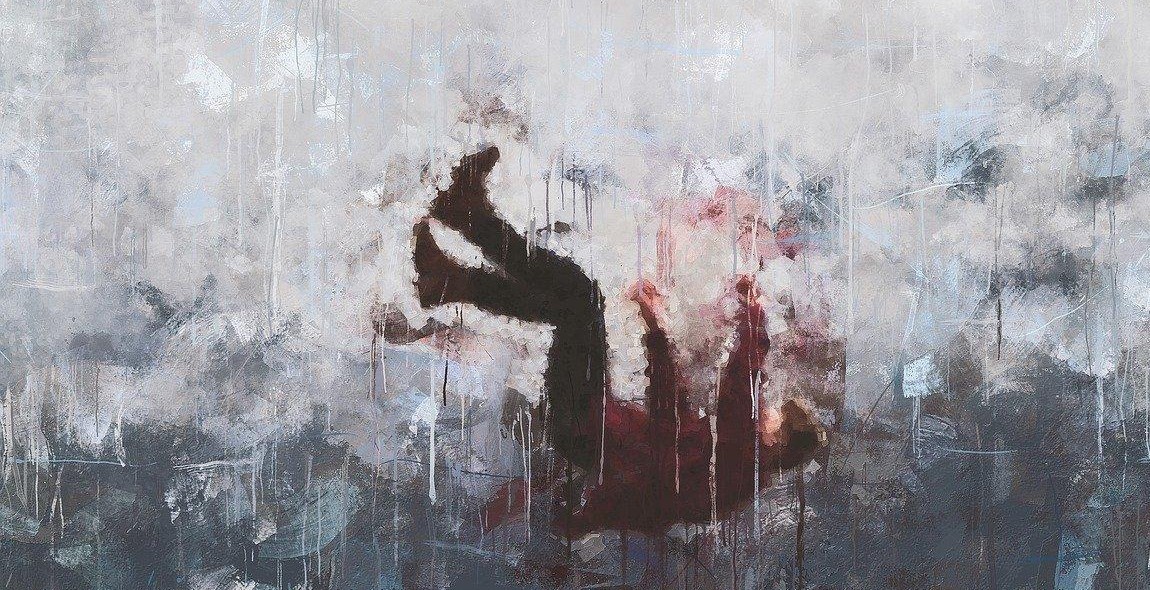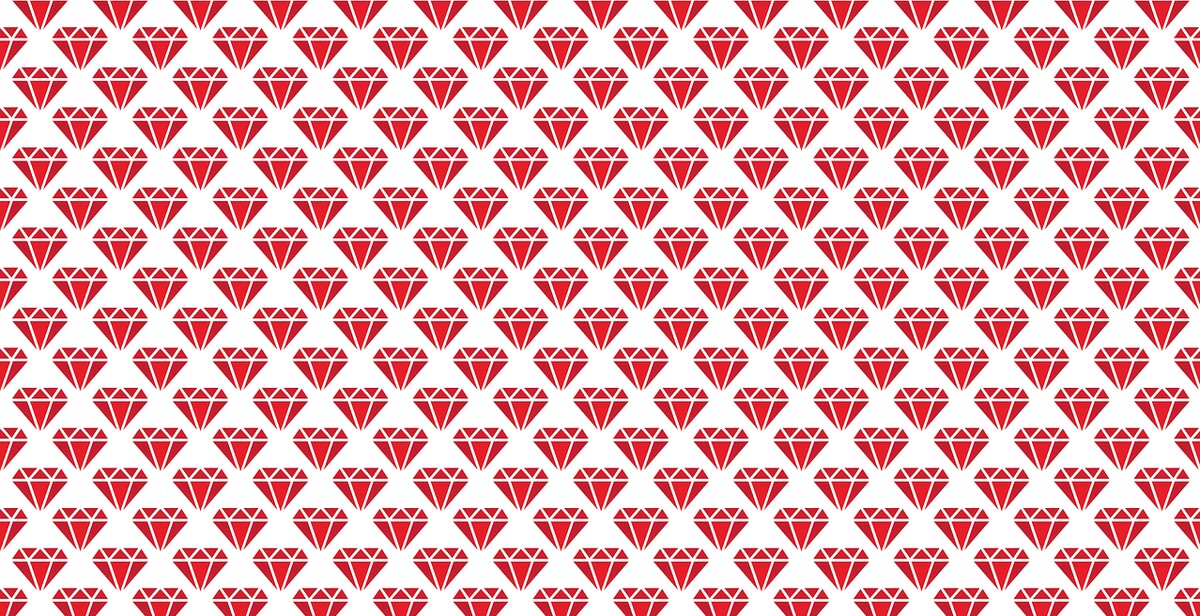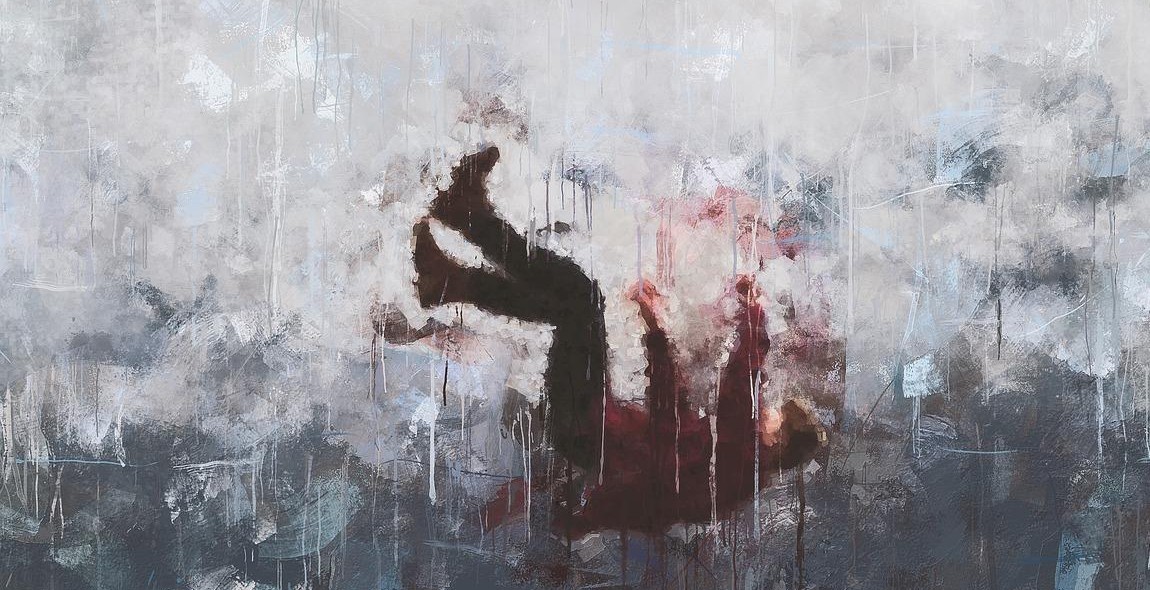How to Create Mixed Media Art: Combining Different Materials and Techniques
Creating mixed media art is a fun and creative way to express yourself through a combination of different materials and techniques. As a professional article writer and content creator with years of experience, I have had the opportunity to explore and experiment with various mixed media art forms, and I am excited to share my knowledge with you.
What is Mixed Media Art?
Mixed media art refers to artwork that incorporates a variety of materials and techniques. These can include but are not limited to:
- Paint
- Collage
- Drawing
- Printmaking
- Sculpture
- Assemblage
The combination of these materials and techniques allows for endless possibilities in creating unique and visually stunning pieces of art.
Why Create Mixed Media Art?
Mixed media art allows artists to break free from traditional art forms and explore new ways of creating. It allows for experimentation and encourages creativity, as artists can combine materials and techniques in unconventional ways to produce one-of-a-kind pieces.
In addition, mixed media art can be a more sustainable option as it allows artists to repurpose and reuse materials, reducing waste and promoting eco-friendliness.
Now that you know what mixed media art is and why it’s worth exploring, let’s dive into the process of creating your own mixed media masterpiece.

What is Mixed Media Art?
Mixed media art is a form of visual art that combines different materials and techniques to create a unique piece of artwork. It involves the use of various materials such as paint, paper, fabric, found objects, and other materials to create a layered and textured artwork. The combination of different materials and techniques allows for endless possibilities and creativity in mixed media art.
Definition of Mixed Media Art
The term “mixed media” refers to the use of different materials and techniques in the creation of a single artwork. Mixed media art can be two-dimensional or three-dimensional, and can include a variety of materials such as paint, paper, fabric, found objects, and other materials. The use of different materials and techniques allows for a wide range of textures, colors, and visual effects, making mixed media art a highly versatile and expressive form of art.
History of Mixed Media Art
The history of mixed media art can be traced back to the early 20th century, when artists began to experiment with different materials and techniques in their artwork. The Dada and Surrealist movements were particularly influential in the development of mixed media art, as artists sought to challenge traditional art forms and push the boundaries of what was considered art.
One of the most famous examples of mixed media art is the work of American artist Robert Rauschenberg, who is considered a pioneer of the genre. Rauschenberg’s “Combines” series, which he began in the 1950s, combined painting and sculpture with found objects such as newspapers, photographs, and everyday objects to create a new form of art that blurred the boundaries between painting and sculpture.
Today, mixed media art continues to evolve and grow in popularity, with artists around the world experimenting with new materials and techniques to create unique and innovative works of art.

Materials for Mixed Media Art
Mixed media art is all about combining different materials and techniques to create a unique piece of artwork. Here are some of the materials that you can use for your mixed media art:
Paper
Paper is an essential material for mixed media art. You can use different types of paper such as tissue paper, scrapbook paper, or handmade paper to create texture and depth in your artwork. You can also use paper as a base to build your artwork on.
Canvas
Canvas is another popular material for mixed media art. You can use canvas as a base for your artwork, or you can paint directly onto it. Canvas is a durable material that can handle a variety of techniques and materials.
Wood
Wood is a versatile material that can be used in mixed media art. You can use it as a base for your artwork, or you can incorporate it into your artwork by painting or carving it.
Found Objects
Found objects such as buttons, beads, and shells can add interest and texture to your artwork. You can incorporate them into your artwork by gluing them onto your base or using them as a stencil.
Acrylic Paints
Acrylic paints are a popular choice for mixed media art because they are versatile and easy to work with. You can use them on a variety of surfaces and they dry quickly.
Oil Paints
Oil paints are a traditional medium that can add depth and richness to your artwork. They take longer to dry than acrylic paints, but they are worth the wait.
Watercolors
Watercolors are a great choice for creating delicate and translucent effects in your artwork. They work well on paper and can be used in combination with other materials.
Inks
Inks are a versatile material that can be used for drawing, painting, and stamping. They come in a variety of colors and can be used on a variety of surfaces.
Charcoal
Charcoal is a popular medium for drawing and sketching. It can add depth and texture to your artwork and can be used in combination with other materials.
Pastels
Pastels are a great choice for creating soft and blended effects in your artwork. They work well on paper and can be used in combination with other materials.
Pencils
Pencils are a traditional drawing tool that can be used for sketching and shading. They come in a variety of hardness levels and can be used in combination with other materials.
Markers
Markers are a great choice for adding color and detail to your artwork. They come in a variety of colors and can be used on a variety of surfaces.
Stencils
Stencils are a great way to add patterns and designs to your artwork. You can use them with paint, ink, or other materials to create a variety of effects.
Collage Materials
Collage materials such as magazine clippings, photos, and fabric can add interest and texture to your artwork. You can incorporate them into your artwork by gluing them onto your base or using them as a stencil.
| Material | Pros | Cons |
|---|---|---|
| Paper | Easy to find, versatile | Can tear or wrinkle easily |
| Canvas | Durable, can handle a variety of techniques and materials | Can be expensive |
| Wood | Can be carved or painted, adds texture and interest | Can be heavy, may require special tools |
| Found Objects | Adds interest and texture, can be repurposed | May require cleaning or preparation |
Techniques for Mixed Media Art
Mixed media art is all about combining different materials and techniques to create a unique piece of art. Here are some popular techniques you can use:
Layering
Layering is a technique where you apply different materials on top of each other to create depth and texture. You can use a variety of materials such as paper, fabric, paint, and even found objects. Start with a base layer and then build upon it, adding different textures and colors as you go.
Collage
Collage is a technique where you combine different materials such as paper, photographs, and magazine clippings to create a new image. Cut and paste different elements together to create a unique composition. You can also add paint or other materials to your collage to add texture and depth.
Stamping
Stamping is a technique where you use stamps to create a pattern or image on your artwork. You can use a variety of stamps such as rubber, foam, or even vegetables. Dip your stamp in ink or paint and then press it onto your artwork to create a repeating pattern or image.
Stenciling
Stenciling is a technique where you use a stencil to create a repeating pattern or image on your artwork. You can use a variety of stencils such as plastic, cardboard, or even leaves. Hold your stencil in place and then apply paint or ink to create your design.
Drawing
Drawing is a technique where you use pencils, pens, or markers to create a design on your artwork. You can use a variety of drawing techniques such as shading, cross-hatching, or stippling to create texture and depth.
Painting
Painting is a technique where you use paint to create a design on your artwork. You can use a variety of paint types such as acrylic, watercolor, or oil. Use brushes, sponges, or even your fingers to apply your paint to create a unique texture and style.
Sculpting
Sculpting is a technique where you use materials such as clay, wire, or found objects to create a three-dimensional piece of art. You can use a variety of sculpting techniques such as carving, molding, or welding to create your sculpture.
Assemblage
Assemblage is a technique where you combine found objects to create a new piece of art. Look for objects such as old furniture, toys, or even kitchen utensils. Combine these objects together to create a unique composition.
| Technique | Description |
|---|---|
| Layering | Applying different materials on top of each other to create depth and texture. |
| Collage | Combining different materials such as paper, photographs, and magazine clippings to create a new image. |
| Stamping | Using stamps to create a pattern or image on your artwork. |
| Stenciling | Using a stencil to create a repeating pattern or image on your artwork. |
| Drawing | Using pencils, pens, or markers to create a design on your artwork. |
| Painting | Using paint to create a design on your artwork. |
| Sculpting | Using materials such as clay, wire, or found objects to create a three-dimensional piece of art. |
| Assemblage | Combining found objects to create a new piece of art. |
Creating Mixed Media Art
Creating mixed media art is an exciting and creative process that allows you to combine different materials and techniques to produce a unique and visually appealing piece of art. Here are some steps to help you get started:
Choosing Materials
The first step in creating mixed media art is to choose your materials. The possibilities are endless, but some popular options include paper, fabric, paint, ink, and found objects. Consider the textures, colors, and patterns of each material and how they will work together in your piece.
Preparing the Surface
Before you start creating, prepare your surface. This may involve priming a canvas, sanding a wood panel, or adding gesso to a paper surface. The preparation will depend on the materials you are using and the effect you want to achieve.
Sketching the Design
Once your surface is ready, sketch out your design. This will help you plan out the placement of your materials and ensure that the final piece is balanced and visually appealing.
Layering and Building
Start layering your materials onto the surface, building up the texture and depth of your piece. Experiment with different combinations and techniques to achieve the desired effect.
Adding Details
As you work, add details to your piece. This may involve adding paint or ink accents, stitching or embroidery, or other embellishments.
Finishing Touches
Once you are satisfied with your piece, add any final touches. This may involve adding a protective layer, framing, or mounting the piece on a board.
Creating mixed media art is a fun and rewarding process that allows you to experiment with different materials and techniques to produce a unique and visually stunning piece of art. With these steps, you can get started on your own mixed media masterpiece.

Conclusion
Creating mixed media art is a fun and exciting way to express your creativity. By combining different materials and techniques, you can create unique and stunning pieces that are truly one-of-a-kind. Whether you’re a beginner or an experienced artist, there are endless possibilities when it comes to mixed media art.
Remember, the key to successful mixed media art is to experiment and have fun. Don’t be afraid to try new techniques or materials, and don’t worry if your first attempts don’t turn out exactly as planned. With practice and patience, you’ll develop your own style and create pieces that you’re proud of.
When creating mixed media art, it’s important to have the right tools and materials on hand. Make sure to invest in high-quality supplies, such as paints, brushes, and adhesives, to ensure that your art looks its best and lasts for years to come.
Finally, don’t forget to share your art with others. Whether you display your pieces in your home or sell them at art shows and markets, sharing your work can be a rewarding experience that allows you to connect with others who appreciate your creativity.
- Experiment and have fun
- Invest in high-quality supplies
- Share your art with others
With these tips and techniques, you’ll be well on your way to creating beautiful and unique mixed media art that showcases your creativity and passion.
